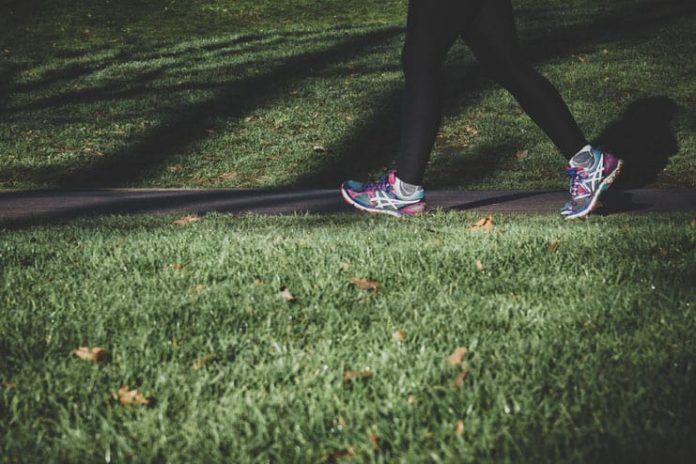Affiliate Disclaimer
Some links in this article are affiliate links. We may earn a small commission if you make a purchase through these links, at no extra cost to you. We only recommend products we find useful to our readersDo you tend to walk slow or fast on a normal basis? For the most part, the same is believed to be one of the markers associated with the prospects of aging brain and body at 45 years of age. As weird as it sounds, it does have relevance and connection between the two, making it a significantly important insight to look into.
A new study conducted by the researchers from the Duke University suggests that the walking speed of a 45-year old can be used as an effective marker for the aging brains and bodies. The evidence for these is believed to be sorted through with the neurocognitive thinking that one indulged in at the age of 3 that help indicate who would be slow walkers.
According to the study, the accelerated aging of the brain as per the 19-measure scale was a lot worse in the slow walkers in comparison to the fast or moderate speed walkers. Not just the brain, but even the lungs, teeth as well as the immune system is considered to be in a worse shape.
The walking speed of the 45 year olds, their fastest walking speed without ending up running is what is believed to be set as a marker for the aging brains and bodies.
The slower walkers were found to have accelerated aging which further ended up affecting their overall well being in the long run.
Line J.H. Rasmussen, a post-doctoral researcher in the Duke University department of psychology & neuroscience, who is also the lead author of the study suggested that the striking thing about this is the fact that they are 45-year old people and not the geriatric patients who are often assessed with stricter measures as per their health.
The equally striking factor in the study was the neurocognitive testing that these individuals took when they were just 3 years old. The same could actually point out the children who would later become slow walkers. The combination of the results from the IQ, understanding language, the frustration tolerance as well as the motor skills and emotional control was able to predict around the walking speed at the age of 45.
Terrie E. Moffitt, the Nannerl O. Keohane University Professor of Psychology at Duke University, and Professor of Social Development at King’s College London, who is also the senior author of the study suggested saying that the doctors are pretty aware that the slow walkers are more likely to die sooner in comparison to the fast walkers in their seventies or eighties.
This specific study covered the ages of the individuals around from the pre-school to their midlife. The slow walk is actually a problem even before one hits their old age.
For the study, over 1000 people were assessed and analysed in a single year in Dunedin, New Zealand. Out of them, 904 of the research participants in the current study were tested for during their whole study, especially asserting their focus on from the time frame of April 2017 to April 2019 which accounts for the age of 45.
The conducted MRI scans conducted during the last assessment further showed how the slower walkers do tend to have a lower brain volume, lower mean cortical thickness, lesser brain surface area as well as the heightened incidence of the white matter. There are certain consistent barriers that do clarify the fact that the brain is aging faster than what it is supposed to be.
The prospect of gait speed is often used as a measure of one’s health and well being and the process or aging in the geriatric patients. The different thing about this study is the fact that the age of the participants and to find the correlation on how their walking speed does match up to the health measures that the study has collected so far.
Rasmussen further clarified that it is a complete downer that we lack the necessary details to measure the gait speed with the brain imaging for the participants as children.
In addition to the gait walking, the aging brains could also be because of the differences in prospects of health and cognition which are associated with the lifestyle choices. Having a prior knowledge of this may help understand who is going to do better health wise later in life.































